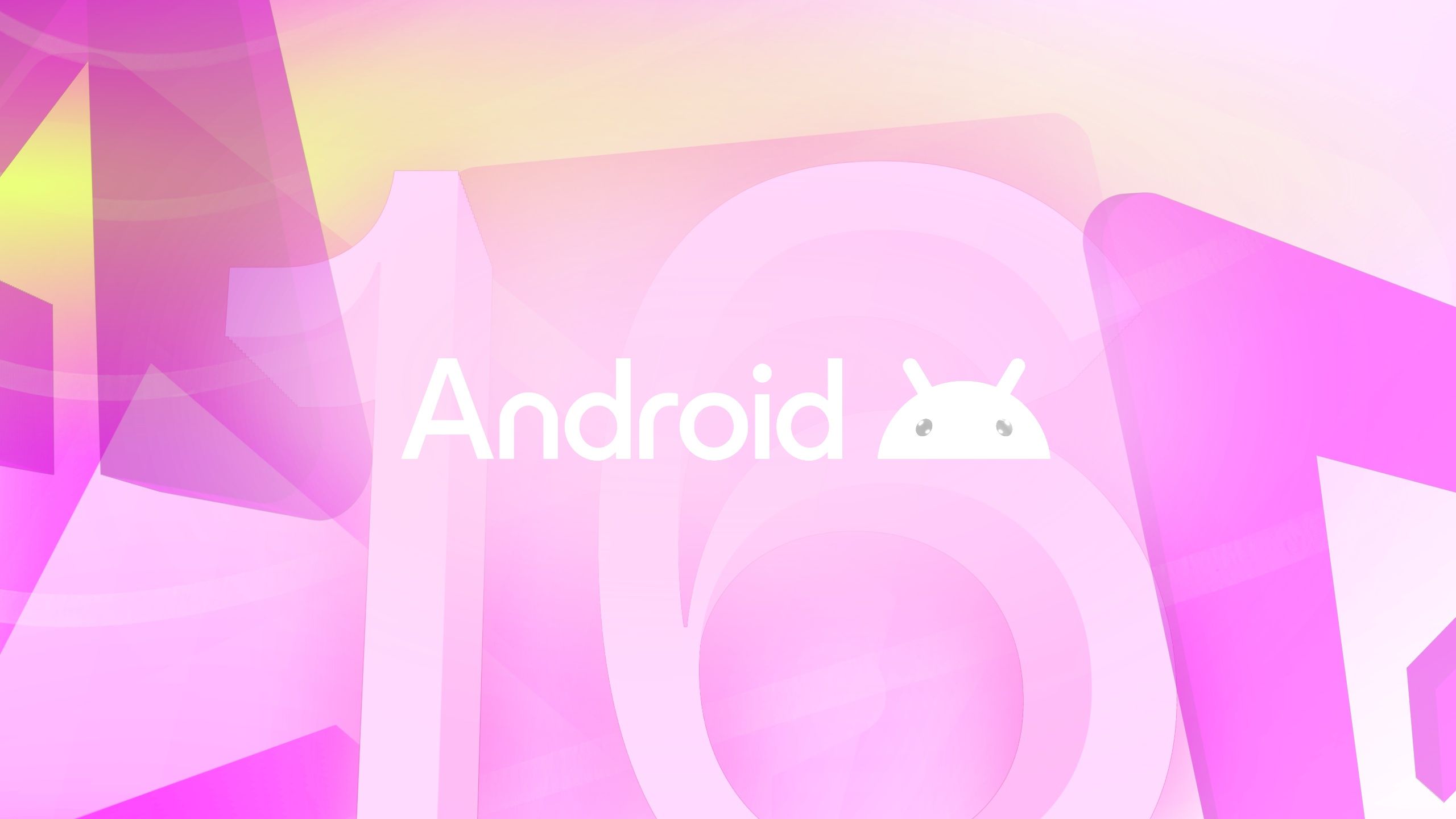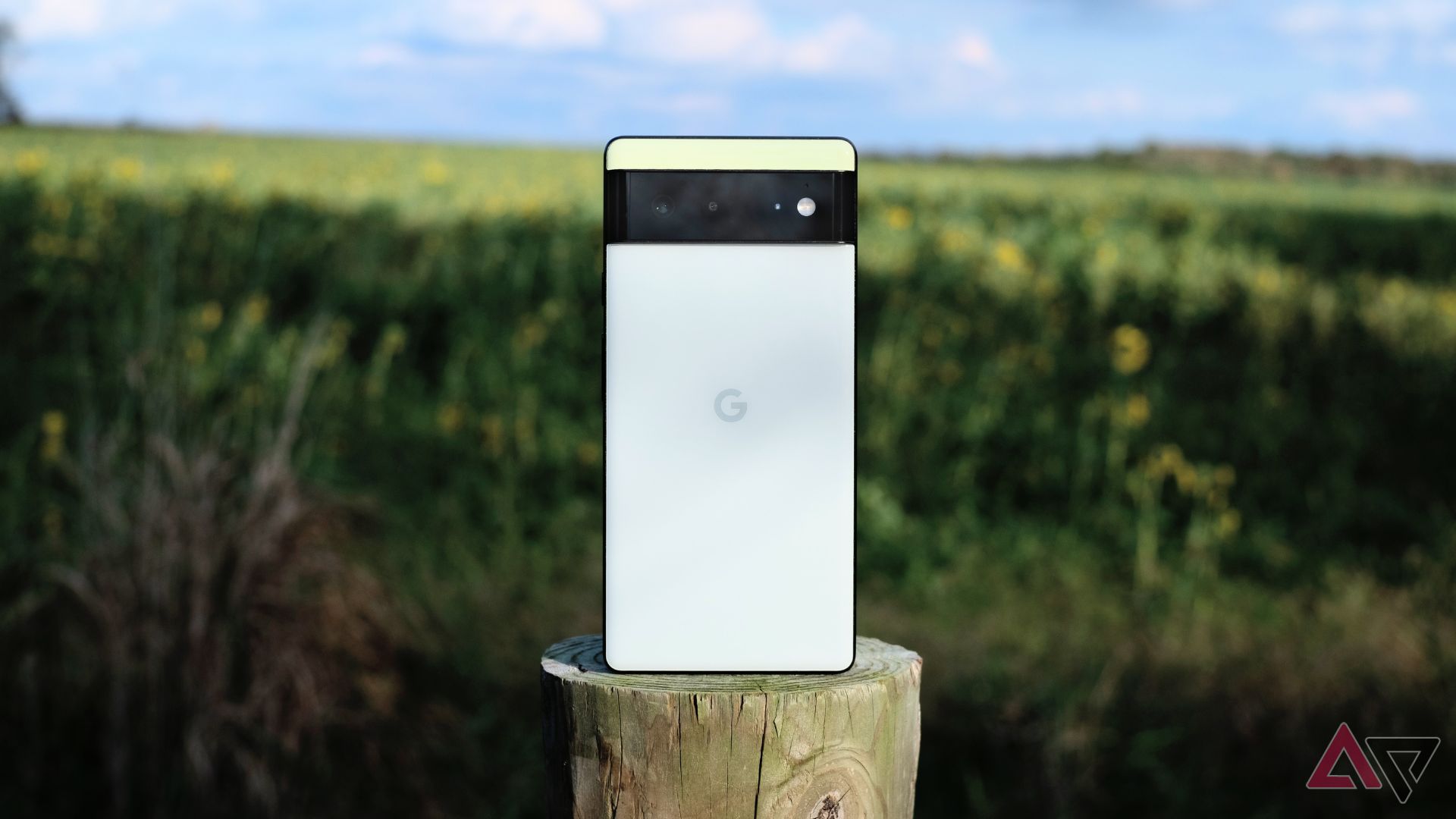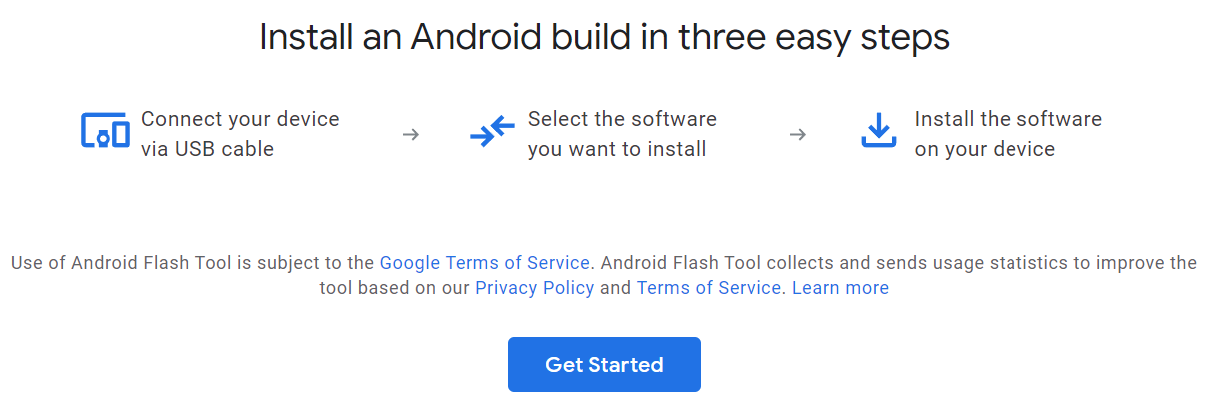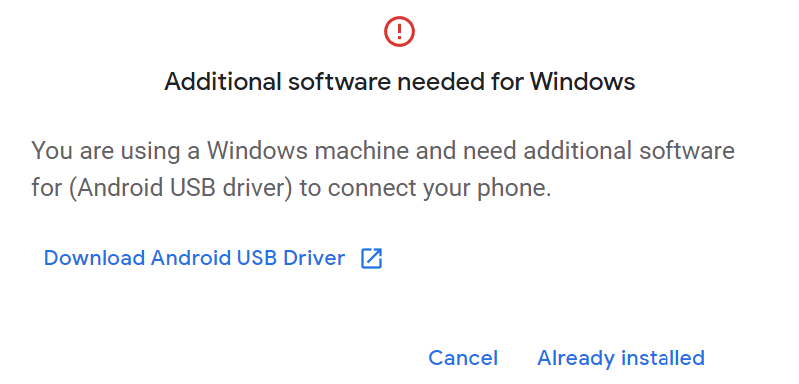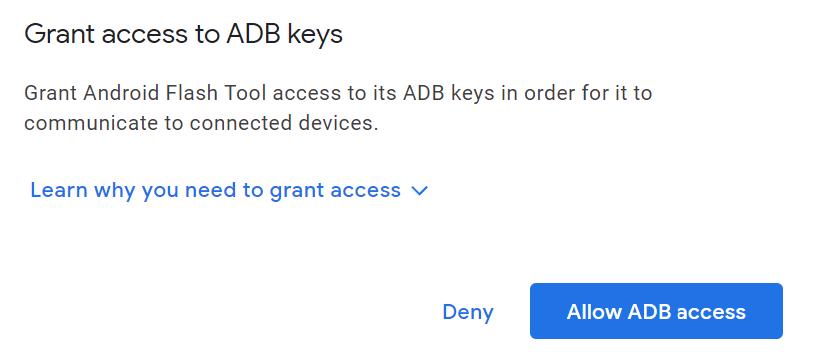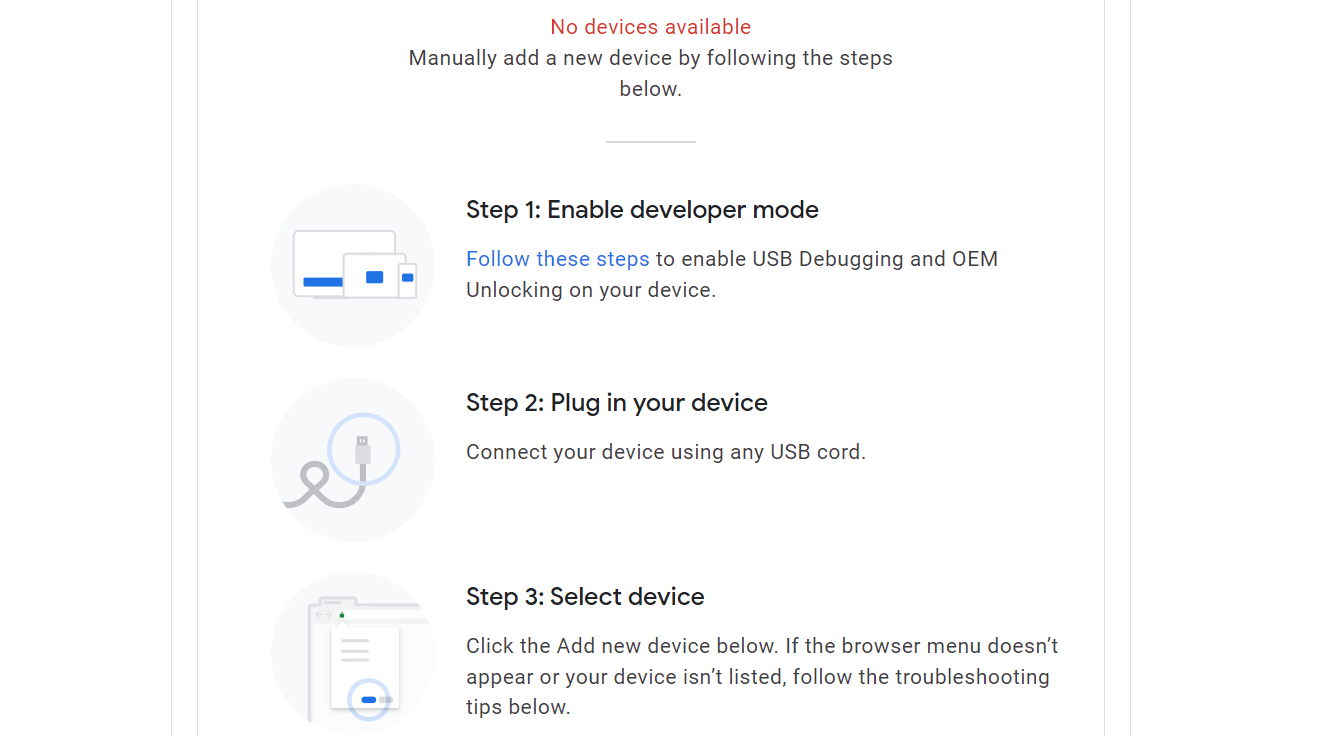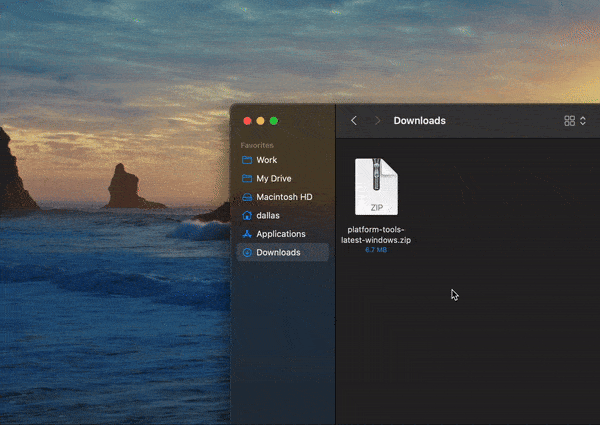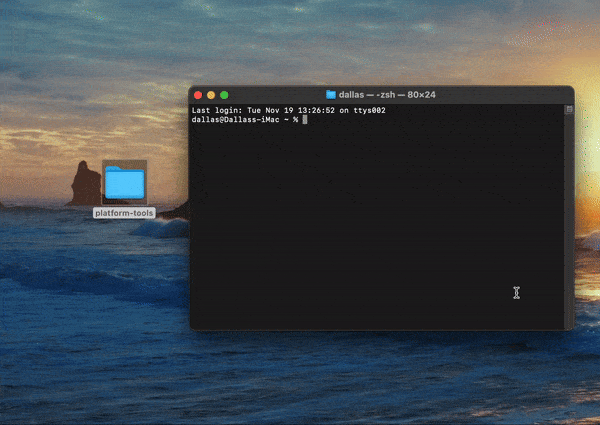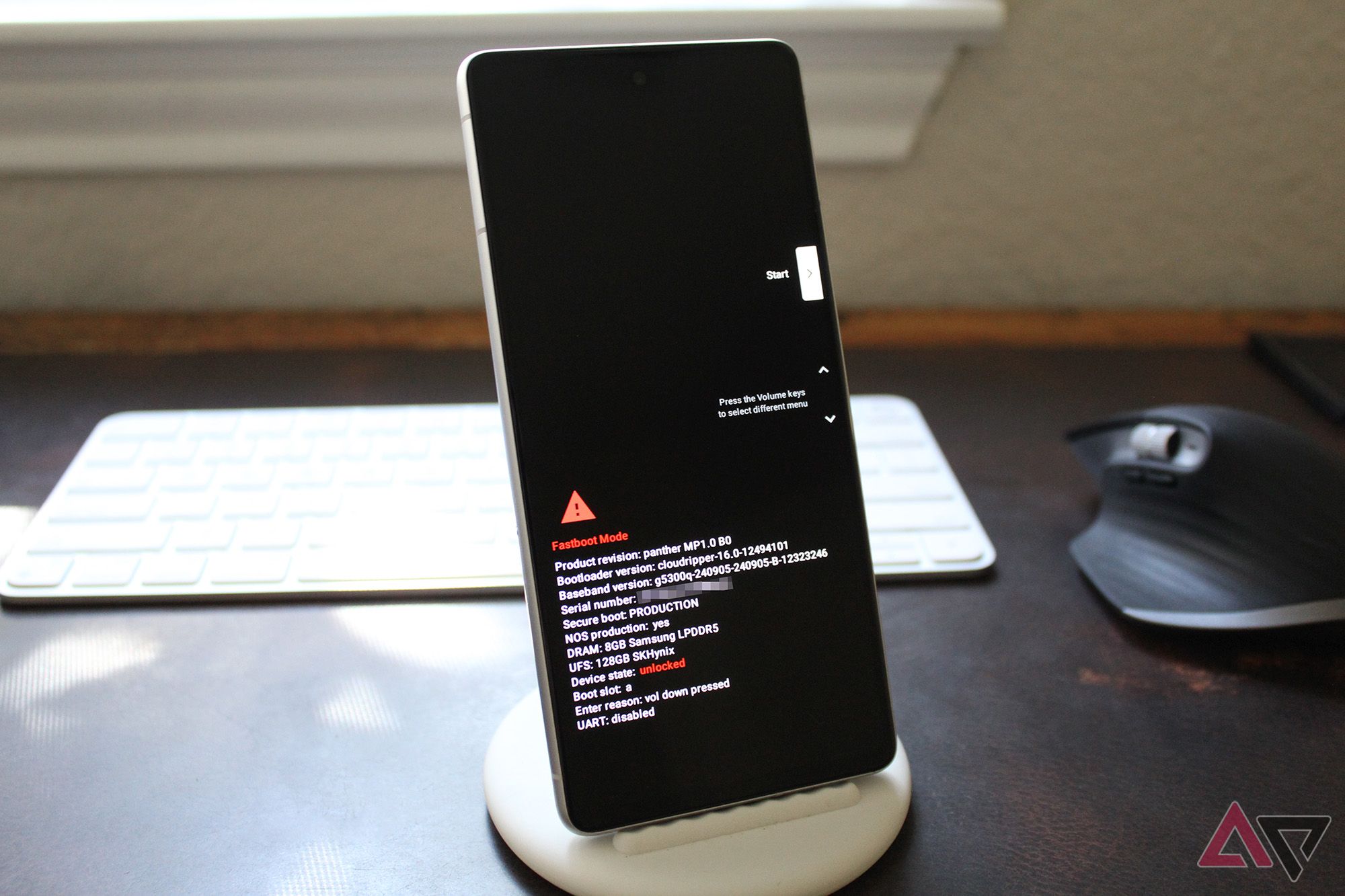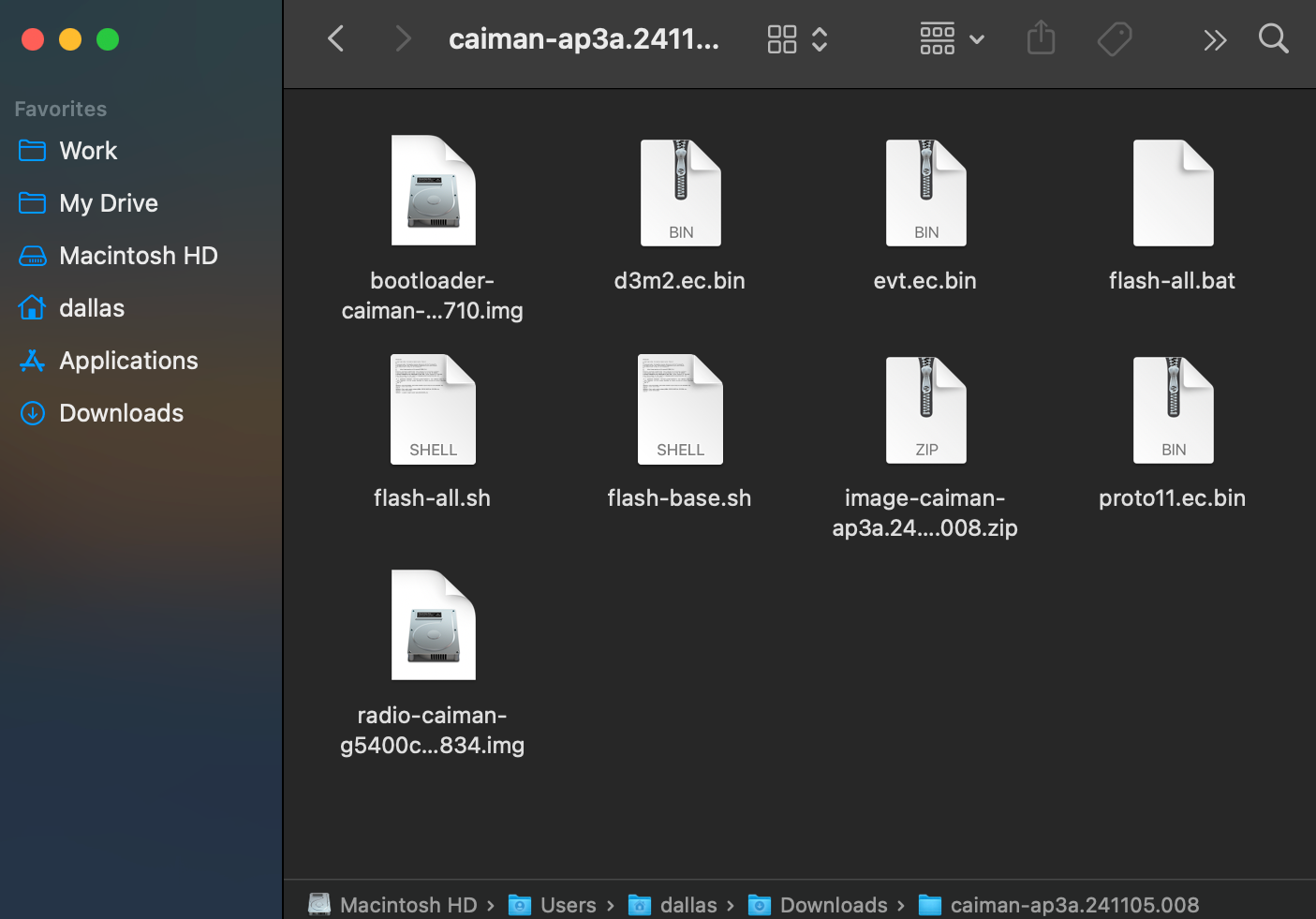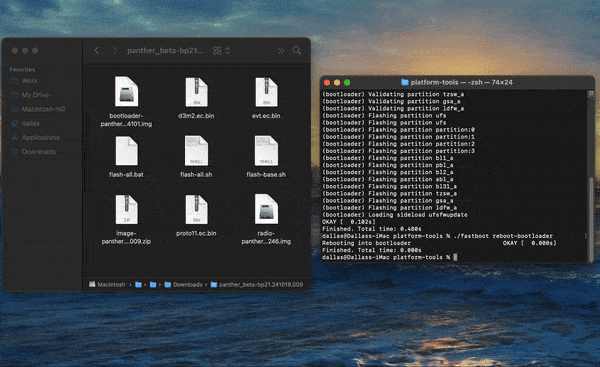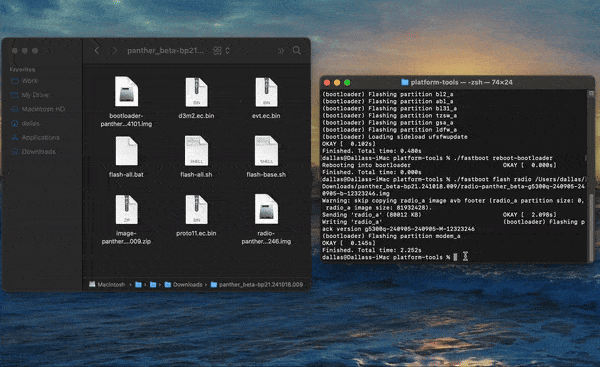Android 16 is here! Sort of. Along with its official announcement that stable Android 16 is due out in the second quarter of next year, Google kicked off the Developer Preview period for its next major mobile OS release. Now, anyone with a computer, a Pixel 6 or newer, and a little elbow grease can start tinkering with Android 16 well ahead of its official release in 2025. Here’s what you need to know about the Android 16 Developer Preview, how to get it on your own phone, and why you should probably wait unless you’re actually a developer.
No Thanks, Keep Reading
What is the Android 16 Developer Preview?
Google tests its major Android releases in stages. We’re currently in the developer preview phase of Android 16’s testing, which means that builds available today are meant for developers to get an early start ensuring compatibility with Android 16. Google explicitly discourages non-developer enthusiasts and early adopters from installing Android 16 at this stage.
The Android 16 Developer Preview is open to anyone with a compatible device, but it’s meant for developers. Because Developer Preview builds can be unstable, we don’t recommend installing them on hardware you rely on.
Android 16’s beta period, meant for both developers and regular users who want to try out new features early, is currently slated to begin in early 2025. According to Google’s Android 16 resources, beta releases will be targeting platform stability starting around March. While you shouldn’t install Developer Preview builds on your primary phone, later beta builds will be more stable.
Devices compatible with Android 16 Developer Preview 1
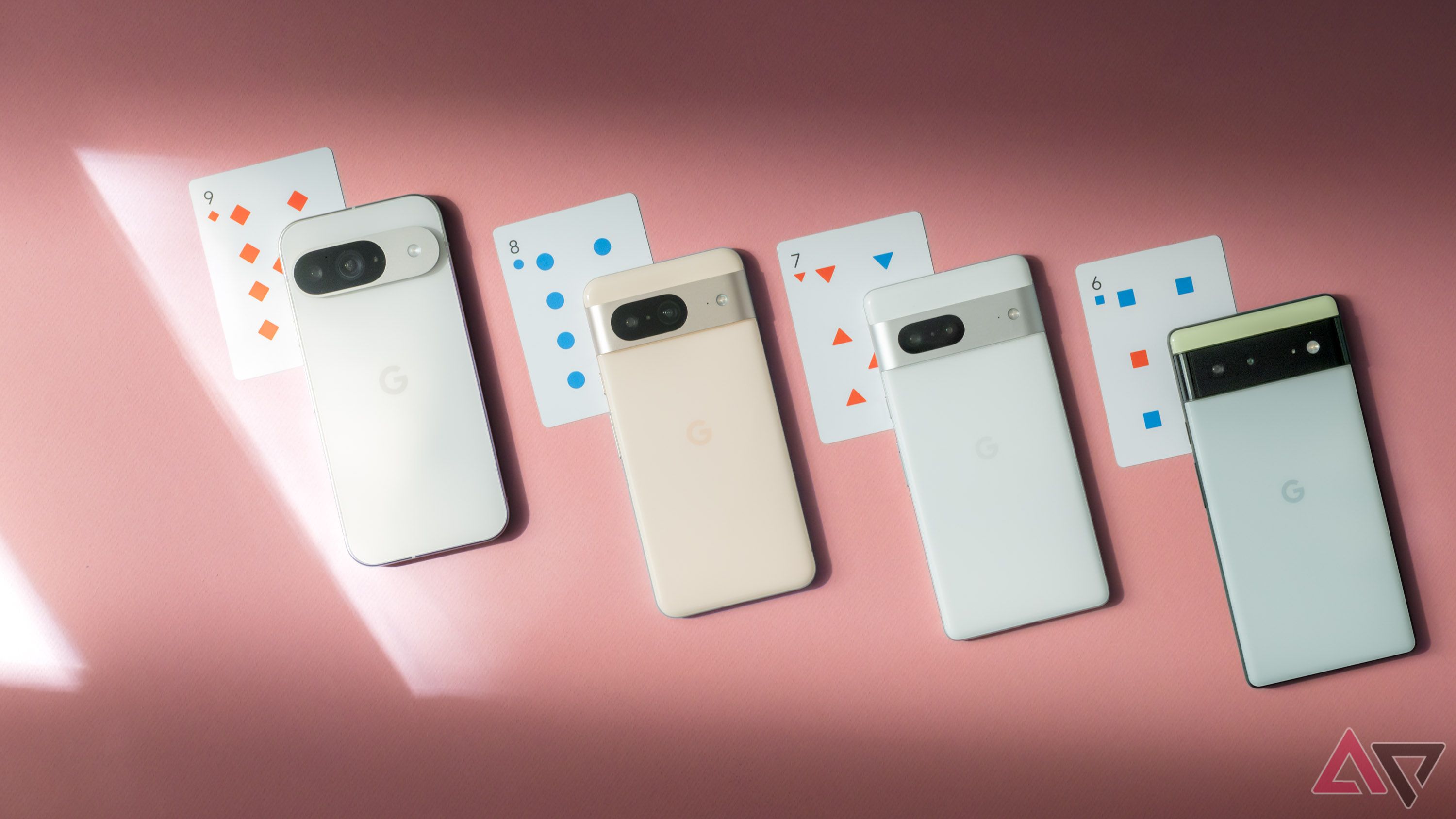
You can install Android 16 Developer Preview 1 on any Pixel phone going back to the Pixel 6, plus the Pixel Tablet. That the Pixel 6 is included in the developer preview seems to indicate it could be eligible for Android 16 next year, despite its Android version update guarantee ending in October 2024. You can install the first Android 16 developer preview on the following devices:
- Pixel 6 and 6 Pro
- Pixel 6a
- Pixel 7 and 7 Pro
- Pixel 7a
- Pixel Fold
- Pixel Tablet
- Pixel 8 and 8 Pro
- Pixel 8a
- Pixel 9, 9 Pro, 9 Pro XL, and 9 Pro Fold
How to install the Android 16 Developer Preview
Google doesn’t offer easy over-the-air updates to its Developer Preview builds the same way it does for Android beta programs — getting Android 16 DP1 is a little more involved than opting in on a developer site. There are a couple of options to get it running on your Pixel, though, and one of them is fairly simple.
After installing Android 16 Developer Preview 1, you’ll get subsequent developer preview and then beta updates over the air, the way you normally would with stable updates. If you stay on the DP release track, you’ll eventually get stable Android 16 once it rolls out.
What you’ll need to get started
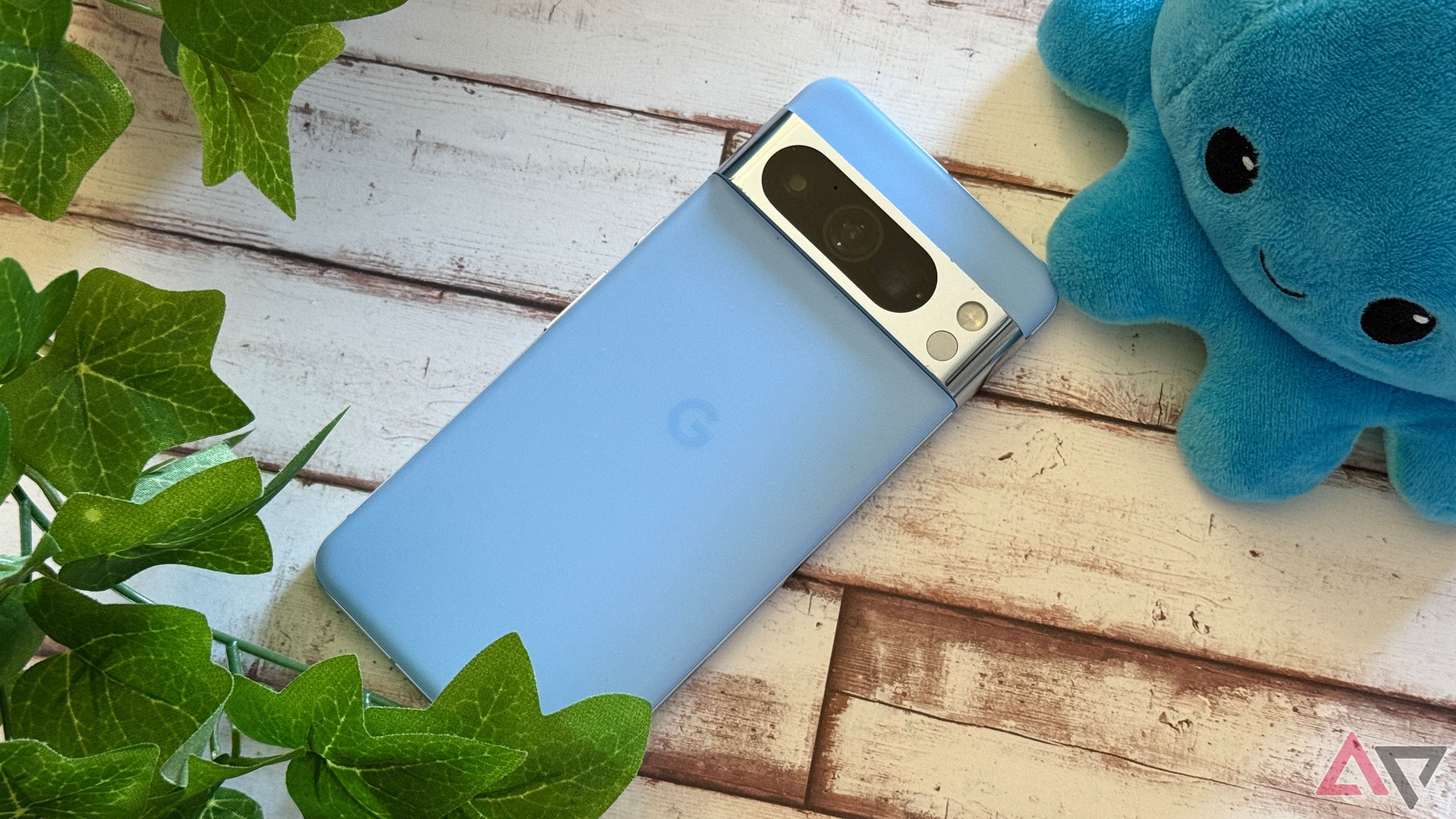
Regardless of how you install Android 16 Developer Preview 1, you’ll need the following:
- A computer running Windows, macOS, or Linux.
- A supported device for the Android 16 Developer Preview, as listed above.
- A good cable to connect your computer to your phone.
You’ll also have to enable USB debugging on your Pixel phone to install a Developer Preview build.
- Enable the developer options by navigating to System settings > About phone and tapping the build number seven times.
- Navigate to the top level of the system settings and head to System > Developer options.
- Look for the USB debugging toggle and turn it on.
Using the Android Flash Tool
The browser-based Android Flash Tool is the simplest way to get Android 16 Developer Preview 1 onto your Pixel phone. The tool uses WebUSB to connect your computer to your phone, so you’ll need a browser that supports it, like Chrome or Edge. The Android Flash Tool provides step-by-step instructions to guide you through this process. Be aware that installing Android 16 Developer Preview 1 will factory reset your device.
After installing an Android 16 Developer Preview build, you can follow the same steps described below to reinstall the current stable version of Android on your Pixel. To do that, follow these same steps, but when choosing the Android build to install, choose the
Back to Public
option.
- Plug your Google Pixel into a USB port on your computer.
- Visit the official Android Flash Tool website on your computer and click the Get Started button.
- On Windows or Linux, click Download Android USB Driver and follow the instructions if needed; otherwise, press Already installed to continue. If you’re using a Mac, skip to step 4.
- Click the Allow ADB access button. (Depending on your browser and settings, you may need to allow pop-ups to see this button.)
- On your Pixel phone, confirm the connection to your computer in the prompt by tapping Allow when required.
- If you get the No devices available message on the Flash Tool, follow the on-screen steps to prepare your device for the installation. It also shows the No devices available message even if your device was prepared earlier. This is normal the first time around, as you don’t have any Pixel devices set up with the tool.
- Select the Add new device button once your device has been properly prepared.
- Select your Pixel in the menu popup, then click the Connect button.
- Authorize the USB debugging connection via the prompt that appears on your phone, and tick the Always allow checkbox.
Now that your Pixel phone is connected to your computer, you can search for the specific build you want to install in the Android Flash Tool. You’ll find Android 16 Developer Preview 1 under the Popular builds section.
Click the latest version to go to the overview screen for that build. If you want to install the latest public release for Android, select the Back to Public option, which installs the newest available stable version of Android. By default, installing a preview build factory resets your device, relocks the bootloader, and replaces your previous system files with the new ones.
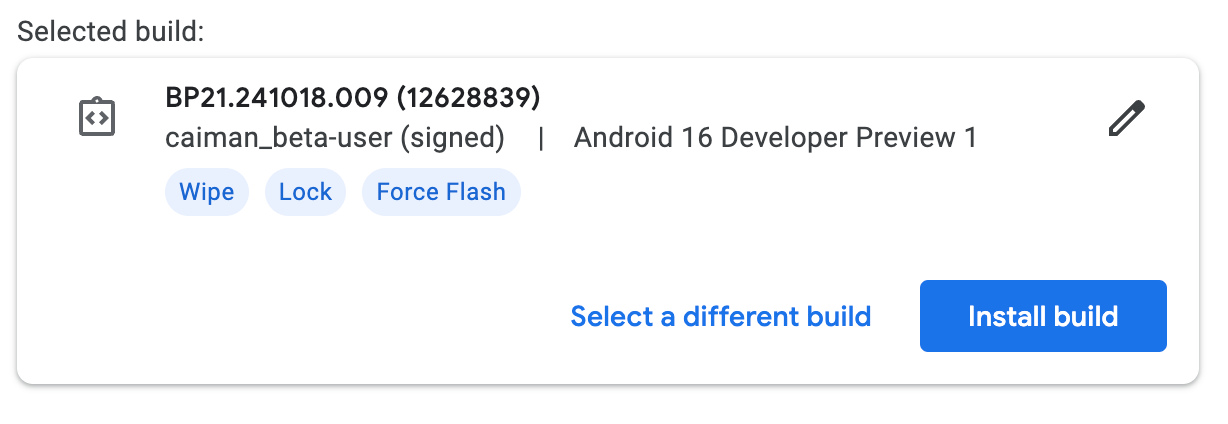
Once you’ve made your selections and are ready to install Android 16, press the Install build button to begin the process. It takes some time to complete, so be patient and careful not to disconnect your device while it works its magic. Once the installation is finished, your phone automatically reboots and brings you to the Pixel welcome screen. Once you complete the initial setup, you’re ready to test the shiny new preview build for Android 16.
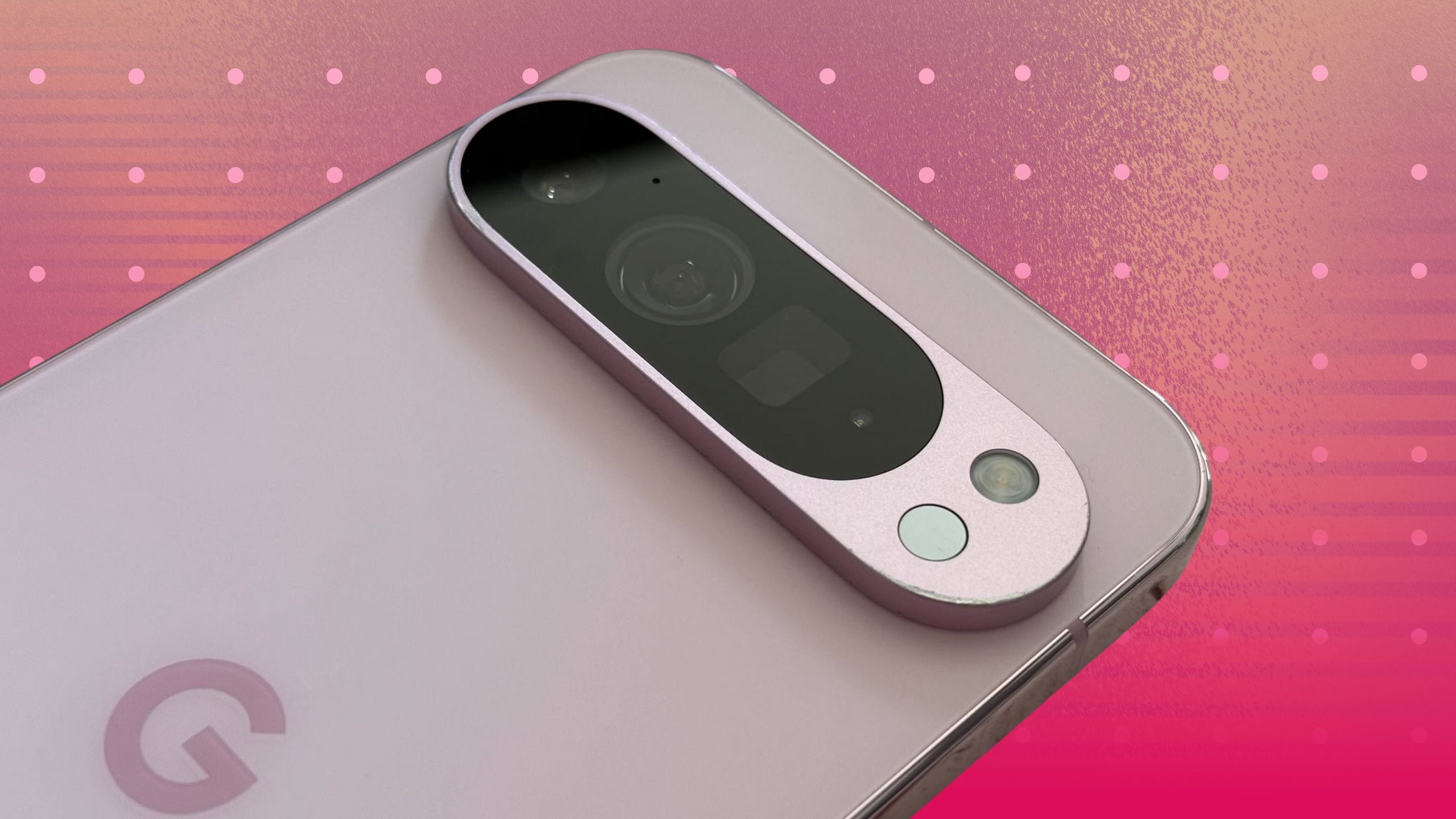
Related
How to use ADB or Flash Tool to manually install Google Pixel updates
You have plenty of choices if you don’t want to wait it out
Going the factory images route
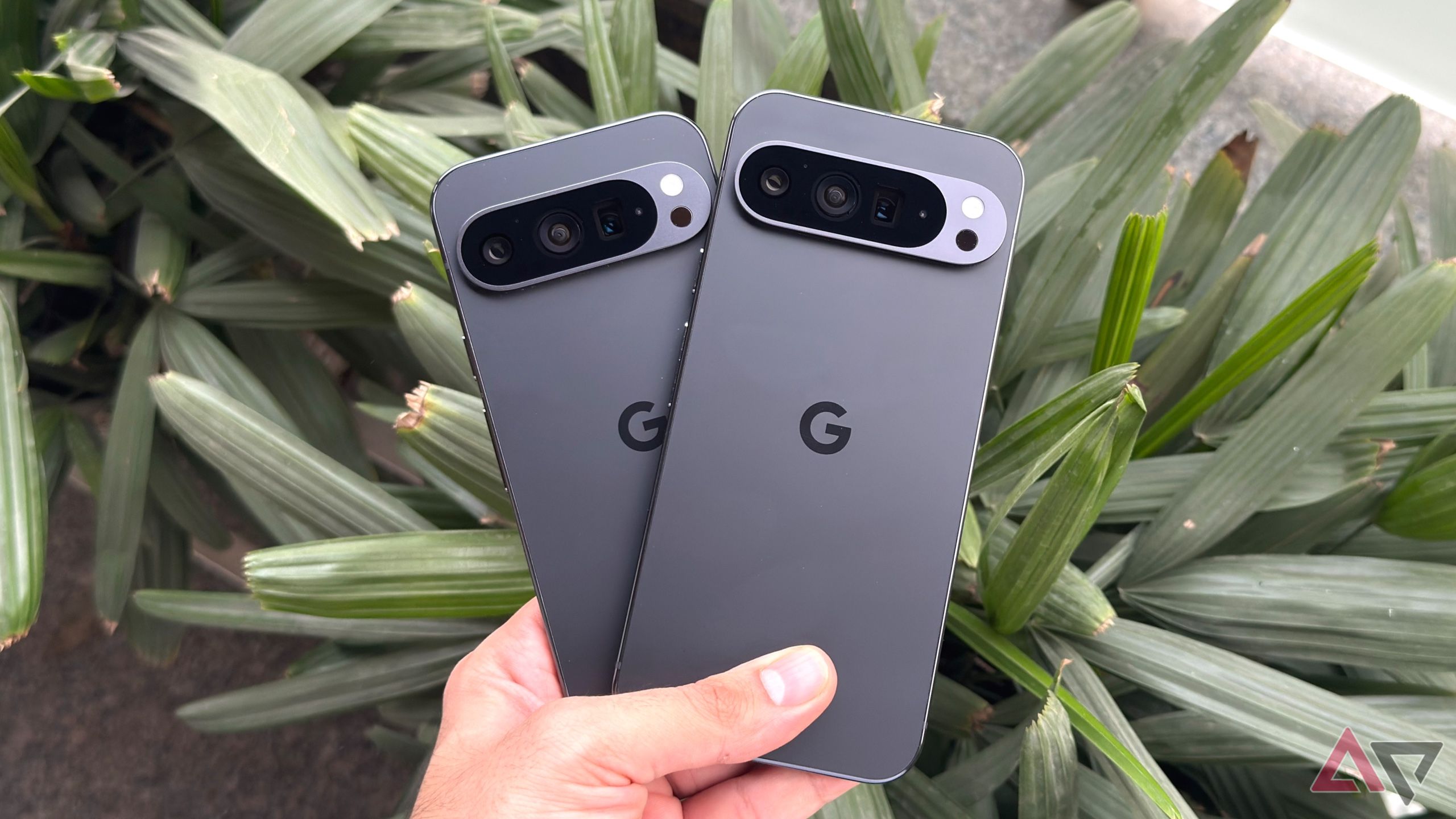
The Android Flash Tool is the simplest way to get the Android 16 Developer Preview up and running on your Pixel, but if you prefer doing things the old-fashioned way, you can manually install the DP instead. Note that if you’re not a developer and these instructions seem unfamiliar or complex, you may want to wait until beta builds are available as over-the-air updates in 2025.
To use this method, you’ll also need to unlock your Pixel phone’s bootloader. Note that unlocking your bootloader will factory reset your device.
- Enable developer options by navigating to Settings > About phone, then tapping Build number until you see the message You are now a developer!
- Head to Settings > System > Developer options.
- Look for the OEM unlocking toggle and turn it on.
- Tap Enable, then enter your screen lock to confirm.
- Boot your phone into Fastboot mode by selecting Restart from the power menu, then pressing and holding the physical volume down button until the Fastboot mode screen appears.
- Connect your Android phone with your computer using a USB cable, making sure to leave the phone on the Fastboot mode screen.
- Download Google’s standalone platform-tools and extract the ZIP to a folder you can access easily (e.g., your desktop).
- On your computer, open the terminal and type the letters cd followed by a space, but don’t hit enter yet. Instead, drag and drop the platform-tools folder from your desktop onto the command window to populate its full file path, then press enter.
- Enter the following command into the terminal on your computer. If this shows an error in the terminal, add a period and a slash (./) to the beginning of the command (i.e., ./fastboot flashing unlock) and send it again:
fastboot flashing unlock
- On your Pixel, use the volume keys to navigate to Unlock the bootloader. Press the power button to confirm. Your phone will reset.
With Fastboot all set on your computer and your bootloader unlocked, you can get down to business and install the Android 16 Developer Preview build.
Note that if you’re on Windows, you’ll need to have the Google USB Driver installed. If you’re using a Mac, you can skip that step.
To flash Android 16 Developer Preview 1:
- Boot your phone into bootloader mode again by tapping Restart from the power menu, then pressing and holding the physical volume down key until the Fastboot mode screen appears.
- Connect your Android phone with your computer using a USB cable.
- Download the factory images of the developer preview build for your device from the Android Developers website.
- Extract the ZIP to a folder you can access easily. Inside this folder, there should be two IMG files and one ZIP, in addition to a few other files.
- Open the terminal app on your computer and type the following command. Add a single space after it, but don’t hit enter yet:
fastboot flash bootloader
Note: If you had to add a period and a slash to the beginning of the commands above, you’ll need to add one to this command as well (i.e., ./fastboot flash radio). If in doubt, try without first; the worst that can happen is an error message in the terminal app.
- Open the folder with the extracted factory images and locate the IMG file that begins with the word bootloader. Drag this file to the terminal window and drop it on top of the command prompt to populate its full path, then hit enter.
- Reboot the phone into the newly flashed Android 16 bootloader with the following command, remembering to add ./ to the front if you’ve needed to in previous steps:
fastboot reboot-bootloader
- Type the following command to prepare for flashing the new radio. Again, add a single space to the end of the command, but don’t hit enter yet. As with all of these commands, add a ./ to the front if you needed to before:
fastboot flash radio
- Now, drag and drop the image file that starts with the word radio onto the terminal window to populate its full file path. Press enter once populated to flash the Android 16 radio.
- Again, reboot the bootloader to load the new radio, adding ./ to the front if you needed to before:
fastboot reboot-bootloader
- Now it’s time to flash the main update. Type the following command into the terminal, then add a single space, but don’t hit enter yet. And, of course, preface the command with ./ if you needed to in previous steps:
fastboot -w update
Note: The “-w” part of this command will wipe your device. To avoid this, you can delete that portion of the command, but note that wiping is recommended, and that it’s required if you’re coming from Android 15 QPR2.
- Drag and drop the ZIP file that starts with the word image onto the terminal window. Once its full file path is populated, press enter to install Android 16. This step will take a few minutes.
- When the flashing process is complete, your phone should reboot automatically into Android 16.
If everything’s gone to plan, in a few moments, you’ll have the Android 16 Developer Preview up and running on your phone. If you stay on pre-release software, developer preview and beta updates will be delivered automatically over the air, and you’ll eventually get back on the stable track with the full release of Android 16 in the second quarter of 2025.
Android 16 is coming soon, so maybe wait it out
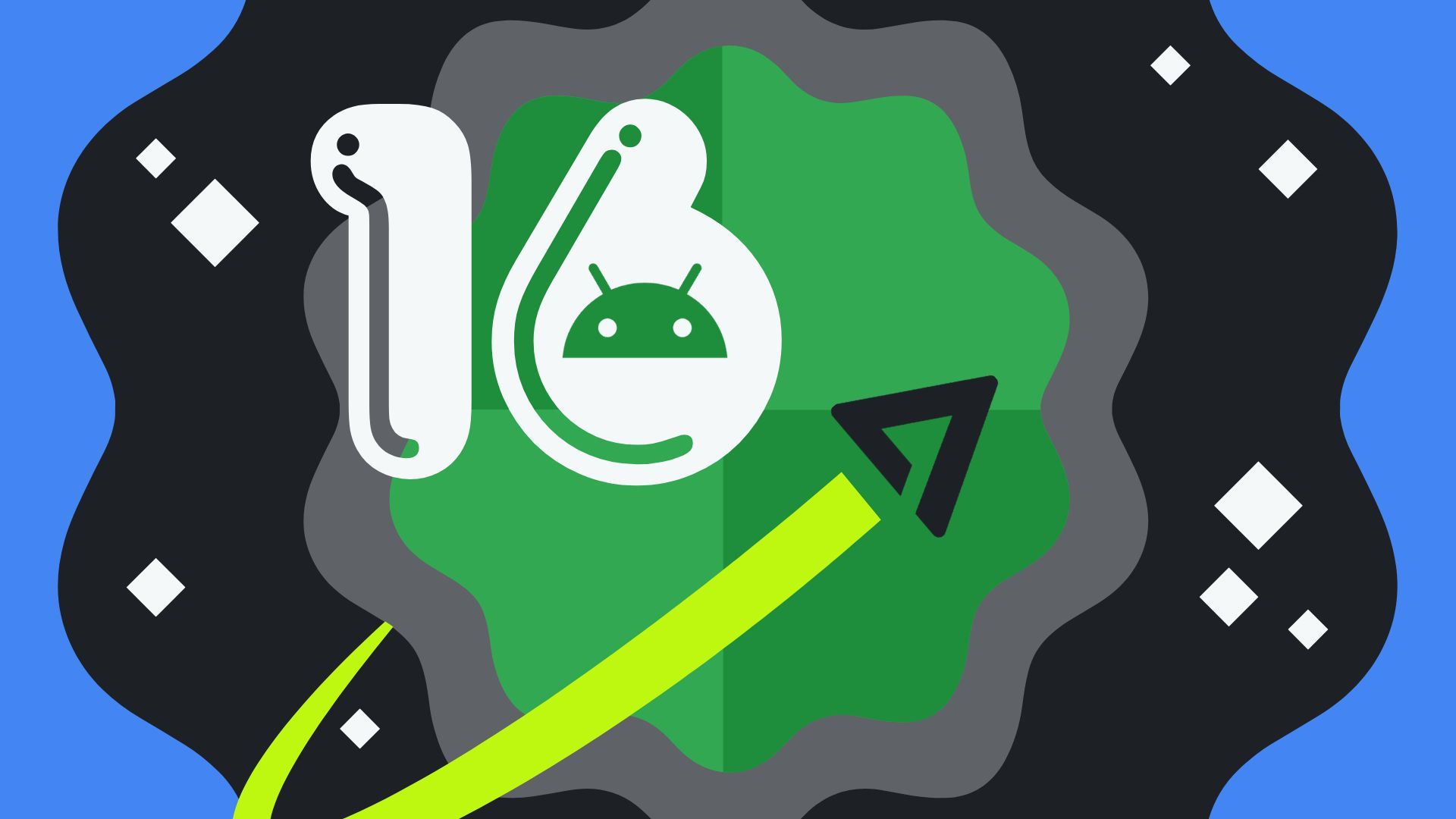
With the Android Flash Tool, getting Android 16 Developer Preview 1 running on your Pixel is relatively simple. Still, it’s not recommended that regular users hop on Android 16 just yet — early builds may be too unstable to be reliable. Given what Google’s said so far, it’s looking like Android 16’s beta period will kick off in or around this coming January. The beta builds will be more stable and easier to install that the developer preview build, so unless you’ve got legitimate developer business (or a spare phone and lots of free time), it might be better to wait.




